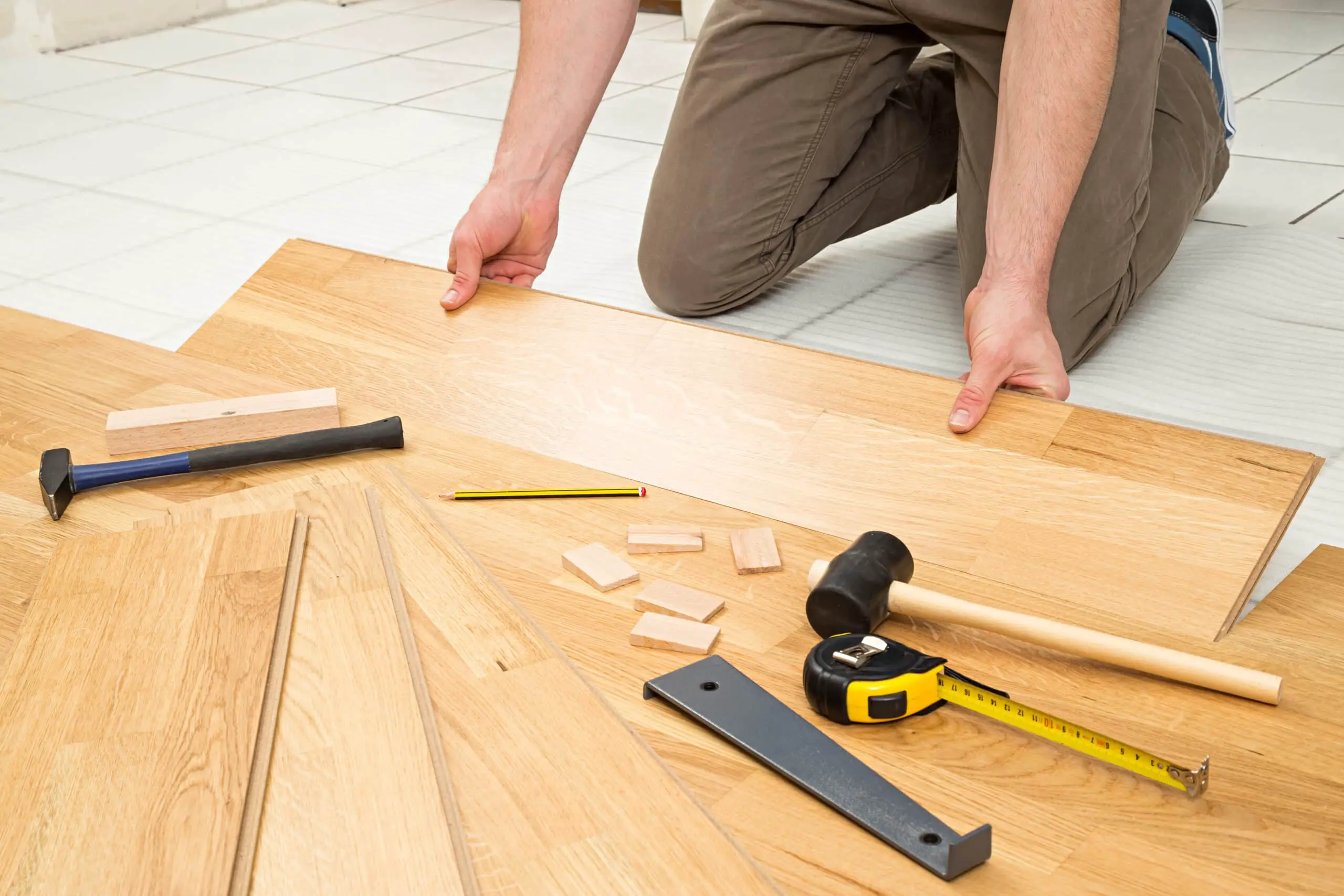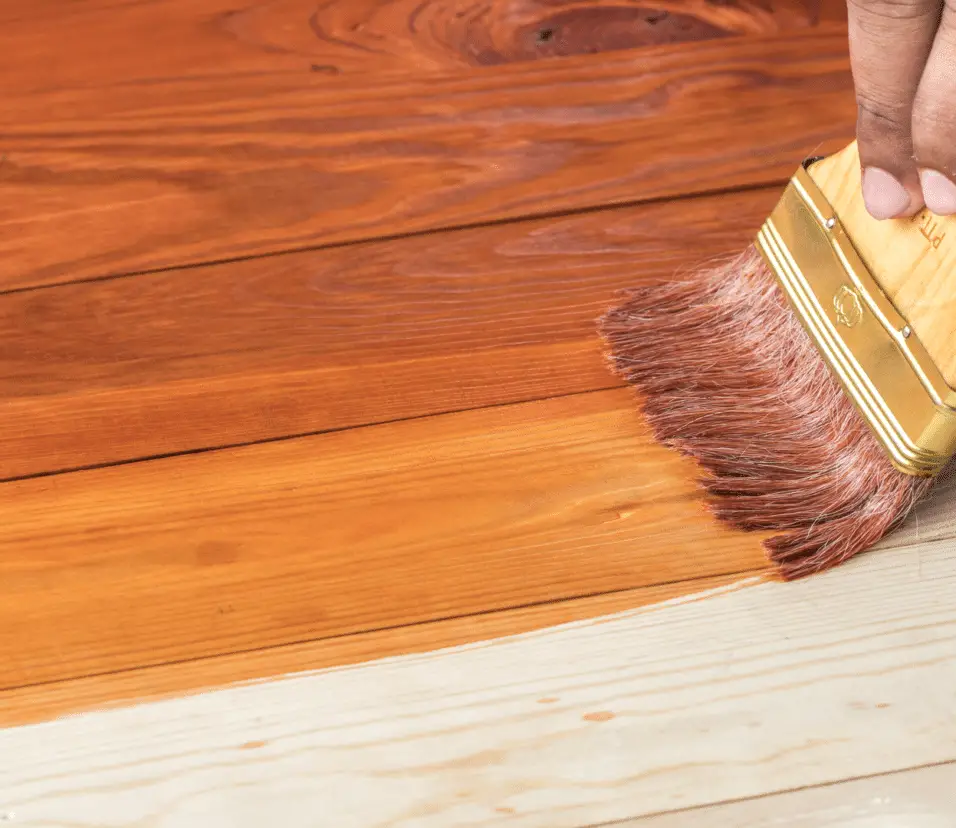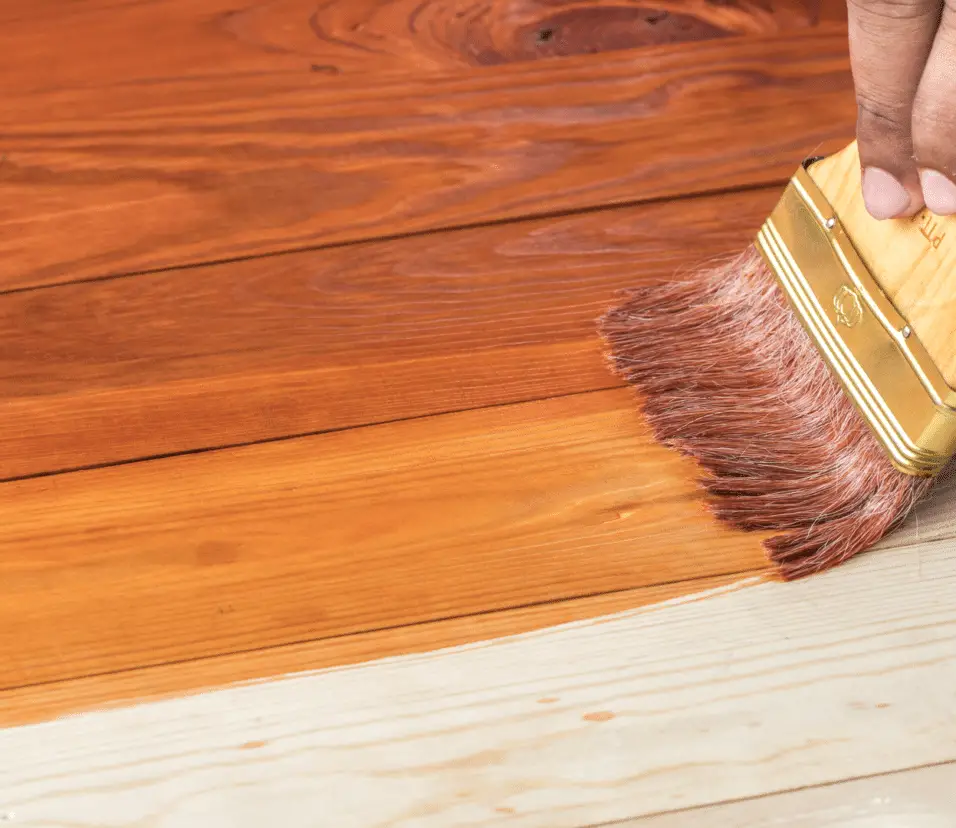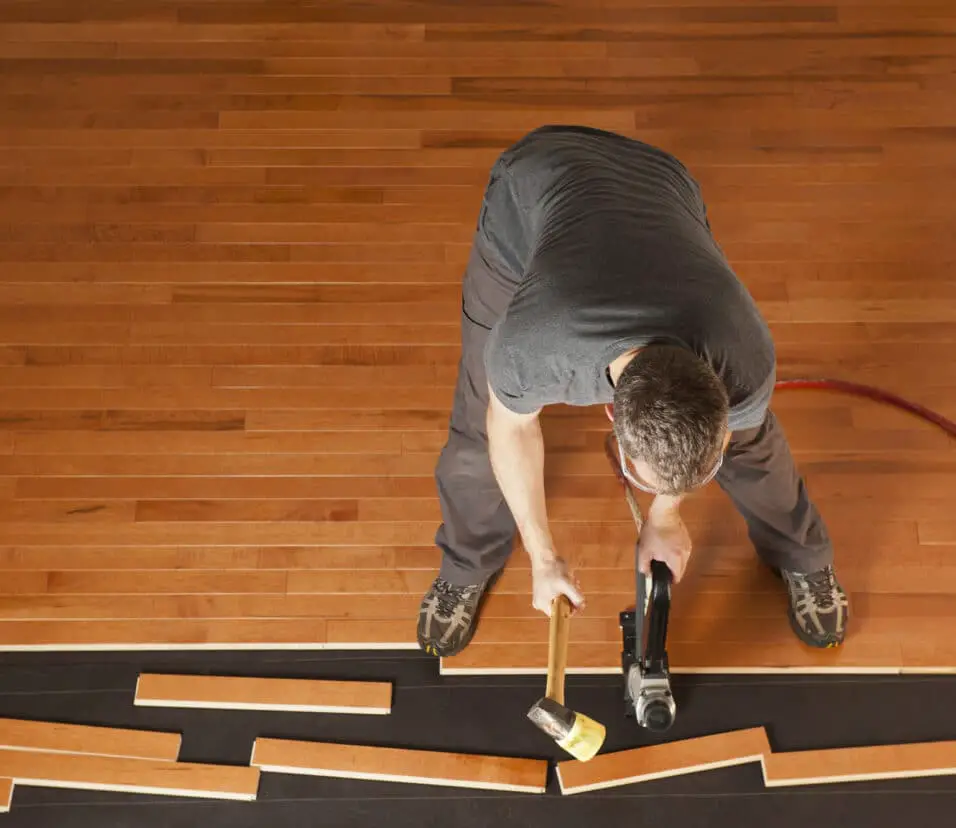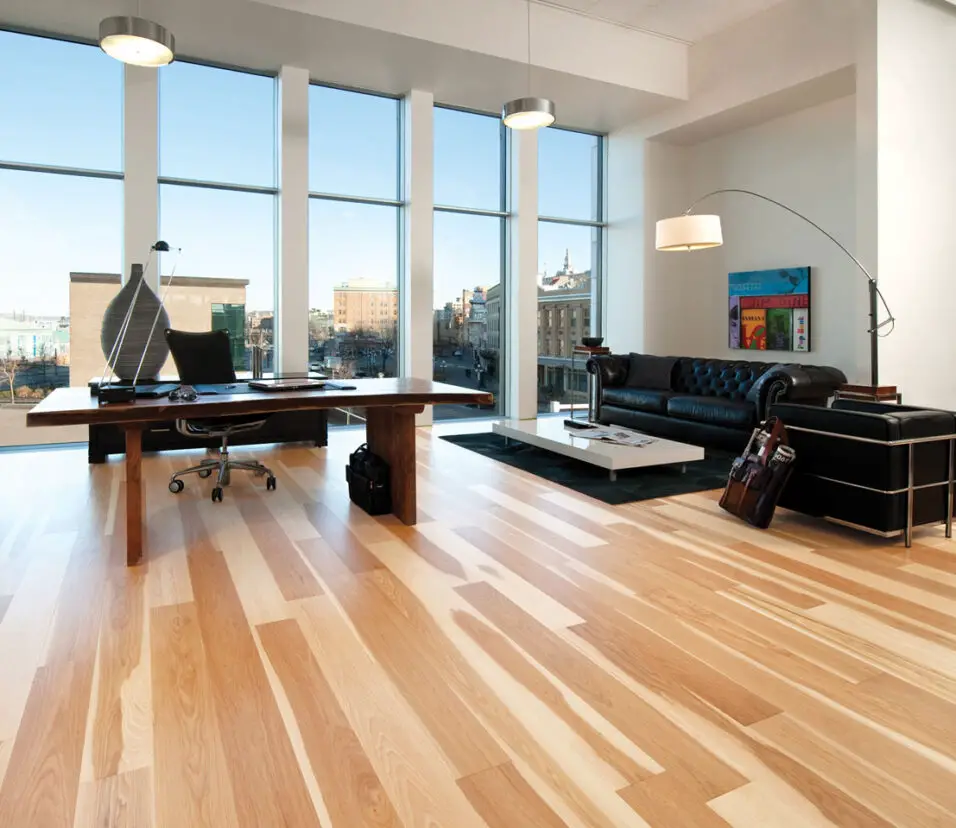How To Stop Wood Floors From Squeaking
Introduction
How To Stop Wood Floors From Squeaking: If you’ve ever been bothered by the incessant squeaks of your wood floors, you’re not alone. Squeaking floors can be frustrating and even embarrassing, especially in quiet environments. This guide aims to provide you with three different paraphrased introductions, each offering valuable insights on how to effectively put an end to those pesky wood floor squeaks. By understanding the causes and implementing the appropriate solutions, you can restore the peace and tranquility of your living spaces.
There’s nothing quite as irritating as the persistent squeaking of wood floors beneath your feet. Whether you’re a homeowner or a professional in the construction industry, knowing how to silence those annoying creaks is essential. In this comprehensive guide, we present three paraphrased introductions that explore various methods to stop wood floors from squeaking.
Are squeaky wood floors driving you up the wall? Those unwelcome noises can disrupt your peace and disturb others in your home. Fortunately, addressing this problem doesn’t have to be a mystery. This guide comprises three paraphrased introductions, each offering valuable advice on how to stop wood floors from squeaking. By uncovering the reasons behind the squeaks and implementing effective remedies, you can hush those bothersome sounds and bring back the serenity to your living areas.
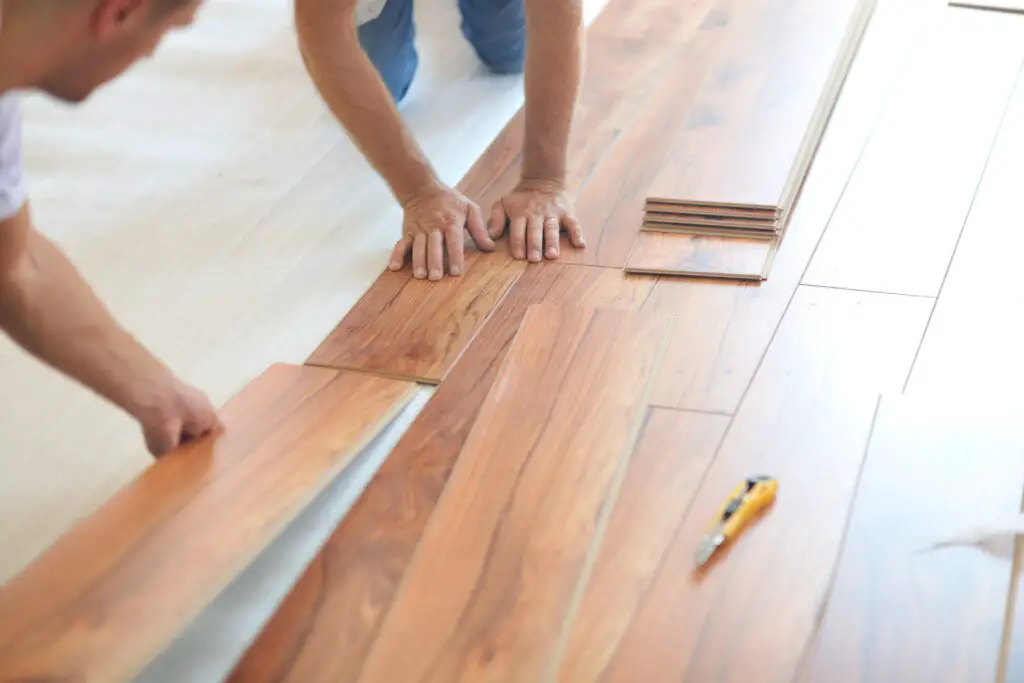
Is it possible to fix squeaky wood floors?
Tongue-and-groove hardwood floors are notorious for squeaking. Sometimes, all it takes is a little lubrication to stop the sound. Powdered graphite is the ideal lubrication, but baby powder and talcum powder can sometimes do the trick.
Yes, it is indeed possible to fix squeaky wood floors. Fortunately, several methods can effectively address and eliminate these annoying squeaks.
One of the simplest approaches is using lubricants or talcum powder to reduce friction between the floorboards. Another method involves driving small wood screws through the floorboards and into the subfloor, effectively securing them in place and preventing movement.
For more extensive squeaks, the use of wooden shims or adhesive can provide additional support and stability to the floor. By inserting shims between the joists and subfloor, any gaps can be filled, minimizing movement and noise. Additionally, special adhesive products designed to bond the floorboards together can be utilized for a more lasting solution.
Why do my wood floors squeak?
Movement is the cause behind all squeaky floors. To fix the issue, you must first determine what is allowing your floor to move. This might be temperature fluctuations, an uneven subfloor, or joist issues. Once you locate the source of the movement, you can stabilize your floor and eliminate the noise.
Wood floors can be a beautiful and timeless addition to any home, but their charm can be overshadowed by an annoying problem: squeaks. The creaking and squeaking of wood floors can be quite frustrating for homeowners and their guests. But why do wood floors squeak in the first place?
Several factors can contribute to squeaky wood floors. One common cause is the natural movement of the wood itself. Wood is a hygroscopic material, meaning it absorbs and releases moisture from the surrounding environment. Changes in humidity levels can cause the wood to expand and contract, leading to gaps between the floorboards and the subfloor. When weight is applied to these gaps, such as when walking over the floor, the wood rubs against itself or the subfloor, resulting in squeaks.
Another common culprit is the fasteners used during the installation process. Over time, nails or screws that secure the floorboards to the subfloor may loosen due to regular foot traffic and environmental conditions. The loose fasteners create movement between the wood components, causing the irritating squeaking sounds.
Does talcum powder fix squeaky floors?
According to HGTV, a little baby powder is the perfect quick fix for squeaky floorboards. While normally used to prevent chafing and diaper rash, talc, also referred to as baby powder, can act as a lubricant to reduce noise between creaking boards.
Talcum powder is a popular household product known for its moisture-absorbing properties and silky texture. While some people claim that talcum powder can be used as a temporary fix for squeaky floors, its effectiveness in this regard is limited and not recommended as a long-term solution.
In truth, using talcum powder to address squeaky floors is merely a makeshift solution and does not address the underlying problem. For a more lasting and effective remedy, it is crucial to identify the source of the squeaks and address it appropriately. This may involve securing loose floorboards, adding shims, or applying lubricants specifically designed for squeaky floors.
What is the cheapest way to fix squeaky floors?
Sprinkle baby powder, baking soda or powdered graphite over the squeaky floorboard and work it into the seams. This will lubricate the wood and should keep the floorboards from rubbing together and squeaking.
The cheapest way to fix squeaky floors involves some simple do-it-yourself techniques that require minimal investment. One of the most effective methods is using talcum powder or powdered graphite. To apply this solution, locate the areas where the floorboards are rubbing against each other and causing the squeaks. Sprinkle the talcum powder or graphite along the seams and then walk over the area to let it settle into the gaps, reducing friction and silencing the squeaks.
Another cost-effective approach is to use shims or wooden wedges. Identify the loose or uneven floorboards and insert the shims or wedges between them and the joists beneath. This tightens the connection and eliminates the annoying noises caused by movement.
For a more permanent solution, screws can be an economical option. Locate the squeaky areas and drive screws through the floorboards and into the joists below. Be cautious not to over-tighten, as it may cause damage.
Does baking soda stop squeaky floors?
One quick DIY repair would be to sprinkle baking soda or even talcum powder over the floor working it into the seams to provide lubrication for the floor and hopefully stop the rubbing and squeaking. This trick is also useful if your flooring has swollen due to moisture and temperature change.
Baking soda is a commonly suggested remedy to address squeaky floors. While it can be effective in some cases, it’s essential to understand its limitations and potential risks.
Squeaky floors typically result from wood movement or friction between floorboards and subflooring. Baking soda, due to its fine powder form, can act as a temporary lubricant, reducing the friction and potentially silencing the squeaks. However, its effects may not be long-lasting, especially in high-traffic areas.
To apply baking soda, homeowners may sprinkle it between floorboards or into the gaps, allowing it to penetrate and reduce friction. While this solution might offer some relief, it won’t address the root cause of the squeaks.
For a more permanent solution, it’s crucial to identify the exact source of the squeaks. This might involve examining the subfloor, joists, or fasteners. Repairing loose or damaged components, adding support, or using specialized hardware like screws designed for squeaky floors can be more effective solutions.

What products stop squeaky floors?
Simply cutting down on friction may be enough to stop the squeak. Give it a try by sprinkling a powdered graphite lubricant over the squeaky spot. Cover the powder with paper towels, so it stays in place. Put on your shoes and use your feet to move the lubricant into the grooves between the flooring.
Squeaky floors can be a persistent and annoying issue in many homes, causing frustration and discomfort. Fortunately, there are several products available in the market designed to tackle this problem effectively.
Squeak-Relief
This product comes in the form of a repair kit, designed specifically to address squeaky floors. It involves using special screws and brackets to stabilize the floorboards and eliminate the source of the squeaks.
Lubricants and Powders
Certain lubricants and powders are formulated to reduce friction between floorboards, which is often a common cause of squeaks. These products can be applied between the boards to create a smoother surface and minimize noise.
Hardwood Floor Fillers
For hardwood floors, specially formulated fillers can be used to fill gaps or spaces between the boards, preventing them from rubbing against each other and causing squeaks.
Adhesive Pads
These self-adhesive pads are designed to be placed under floorboards or between subfloor layers, reducing movement and preventing squeaks caused by loose boards.
Reinforcement Braces
These braces are installed beneath the subfloor, providing additional support to prevent movement and noise.
Carpet Shims
If the squeaky floor is covered with carpet, carpet shims can be inserted between the floor and the subfloor to eliminate gaps and reduce friction.
Anti-Squeak Repair Kits
These kits contain a combination of products, such as shims, screws, and adhesive, to comprehensively address different sources of squeaks.
When choosing the right product, it’s essential to identify the cause of the squeak and the type of flooring involved. Proper installation and following manufacturer guidelines will help ensure the best results in stopping squeaky floors and restoring peace and quiet to your home.
Why does my floor squeak after mopping?
Significant water damage from wet boots, wet mops, spills beside sinks and bathtubs will accelerate the distortion of your floors and stairs, causing permanent warping to your floor and undoubtedly create loose and squeaky areas.
After mopping your floor, you may notice squeaking sounds emanating from certain areas. Several factors could contribute to this phenomenon, some of which may require attention to maintain your floor’s integrity and prevent potential damage.
One common reason for squeaking floors after mopping is excess moisture. If water seeps into gaps or crevices between floorboards, it can cause them to swell or contract, leading to squeaks when pressure is applied. To minimize this issue, ensure you use only a damp mop and avoid excessive water during the cleaning process.
Another potential cause of squeaking is the breakdown of lubrication between floorboards. Over time, the natural oils or finishes that help prevent friction can wear away, resulting in increased rubbing and noise. Regularly inspecting and treating your floors with appropriate lubricants can help reduce squeaks.
Will cornstarch fix squeaky floors?
Woodbridge Environmental offers a super simple remedy to this problem that can fix the squeaks in a matter of seconds. Just spread corn starch over the seams where the boards are rubbing. The powder will then fill in the gaps in and act as a lubricant.
Cornstarch, a common household item often used as a thickening agent in cooking, has been suggested by some as a potential remedy for squeaky floors. The idea is that sprinkling cornstarch into the gaps between floorboards could help reduce friction and silence the annoying creaks that often occur when walking across certain floors.
However, it’s essential to approach this remedy with caution and realistic expectations. While cornstarch might provide a temporary reduction in noise by absorbing moisture and lubricating the floorboards, it is not a permanent solution for underlying structural issues that may be causing the squeaks.
For more effective and long-lasting results, identifying the root cause of the squeaks is vital. Often, squeaky floors result from wood rubbing against nails, loose floorboards, or inadequate subfloor support. In such cases, it is best to address these problems directly, either by re-nailing the loose boards, securing the subfloor, or using specialized screws designed to stabilize and silence the floor.
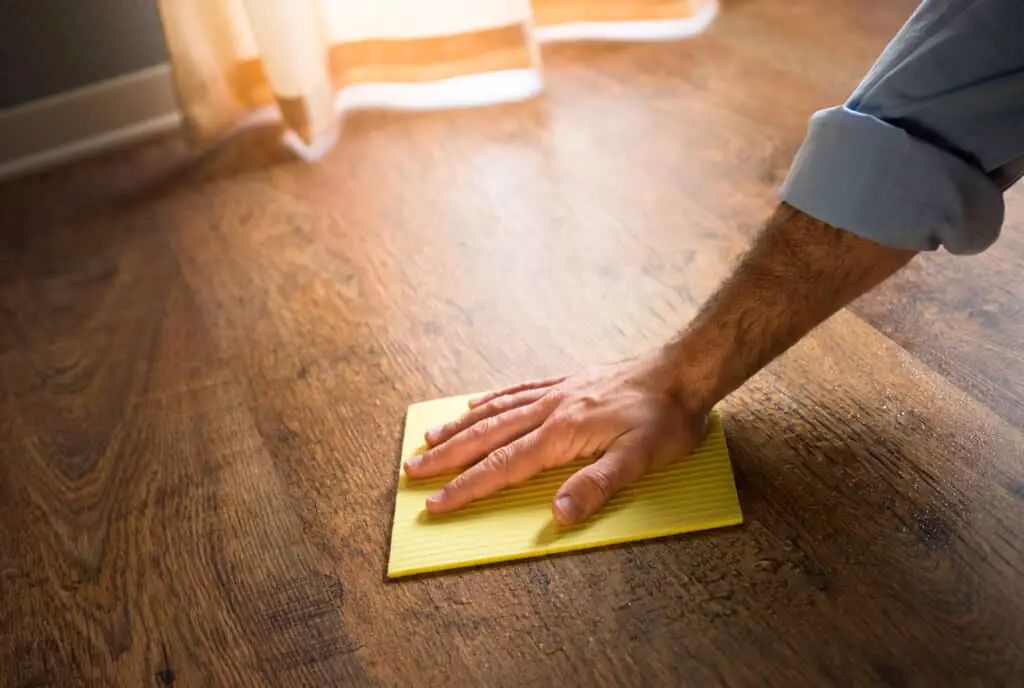
Conclusion
To conclude, putting an end to the annoying squeaks in your wood floors is an achievable task with the right approach. By identifying the source of the squeaks and implementing the suggested solutions discussed in this guide, you can restore the tranquility and comfort of your living spaces. Remember to address the issue promptly to prevent further damage and ensure the longevity of your wood flooring.
Banishing squeaks from wood floors requires a systematic and hardwood floor patient approach. Armed with the knowledge provided in this guide, you can take the necessary steps to silence those irritating noises and maintain the integrity of your flooring. By following the various methods mentioned here, you can enjoy a peaceful and creak-free environment within your home.
The effectiveness of cornstarch can vary, and it may have drawbacks such as moisture absorption and temporary results. Considering alternative solutions, such as securing loose components or using specialized lubricants, is often more effective in addressing squeaky floors.



